The art of crafting the perfect Sichuan boiled beef, known as shuizhurou, lies in the delicate balance of flavors and textures. At the heart of this iconic dish is the vibrant red oil that floats atop the broth, a visual and gustatory signature that signals authenticity. While many factors contribute to the dish’s success, the role of doubanjiang (fermented broad bean paste) in determining the brightness and depth of the red oil cannot be overstated. This humble yet potent ingredient is the unsung hero behind the dish’s fiery allure.
Doubanjiang, often referred to as the "soul of Sichuan cuisine," is a fermented paste made from broad beans, soybeans, salt, and chili peppers. The quality and age of the paste play a pivotal role in the final dish. Artisanal doubanjiang, aged for years, develops a deep, umami-rich flavor and a darker hue, while younger versions offer a brighter, more pungent kick. When selecting doubanjiang for shuizhurou, chefs must consider not only the paste’s flavor profile but also its oil content. The oil released during cooking is what creates the lustrous red sheen that makes the dish so visually striking.
The process begins with the careful frying of the doubanjiang in oil, a step that unlocks its full potential. As the paste sizzles, its red pigments infuse the oil, transforming it into a rich, crimson medium. The amount of oil used at this stage is critical—too little, and the dish will lack the glossy finish that defines shuizhurou; too much, and the flavors may become greasy and unbalanced. Skilled chefs rely on experience to judge the right ratio, often adjusting on the fly based on the doubanjiang’s consistency and oil content.
Beyond aesthetics, the red oil serves a functional purpose. It acts as a flavor carrier, ensuring that the heat and complexity of the doubanjiang permeate every bite of the tender beef and crisp vegetables. The oil also helps to retain heat, keeping the dish piping hot until the last morsel is eaten. This is why, in traditional Sichuan households, the brightness and quantity of the red oil are often seen as markers of a cook’s prowess. A dish with a generous, gleaming layer of red oil is not just a feast for the eyes but a testament to the cook’s mastery of technique.
Modern interpretations of shuizhurou sometimes sacrifice this hallmark for the sake of health-conscious diners, reducing the oil or substituting it altogether. While these versions may appeal to some, purists argue that they miss the point entirely. The red oil is not merely a garnish; it is an integral part of the dish’s identity. Without it, shuizhurou loses its signature boldness and becomes a shadow of its true self. The interplay between the doubanjiang’s fermented depth and the oil’s luxurious sheen is what elevates the dish from simple comfort food to culinary art.
For home cooks eager to recreate authentic shuizhurou, selecting the right doubanjiang is the first and most crucial step. Look for brands that list chili and broad beans as primary ingredients, avoiding those with excessive additives. The paste should have a robust aroma and a texture that holds its shape without being overly dry. When cooking, patience is key—allowing the doubanjiang to fry slowly in the oil will yield the best color and flavor. And remember, the goal is not to drown the dish in oil but to achieve a harmonious balance where the red oil enhances rather than overwhelms.
In the end, the brilliance of shuizhurou’s red oil is a testament to the ingenuity of Sichuan cuisine. It is a reminder that great cooking often hinges on the simplest of details—the choice of a single ingredient, the precision of a technique, the willingness to embrace boldness. The next time you savor a bowl of shuizhurou, take a moment to appreciate the ruby-red oil shimmering on the surface. Behind its radiant glow lies the magic of doubanjiang, a humble paste with the power to transform the ordinary into the extraordinary.

By /Jul 31, 2025
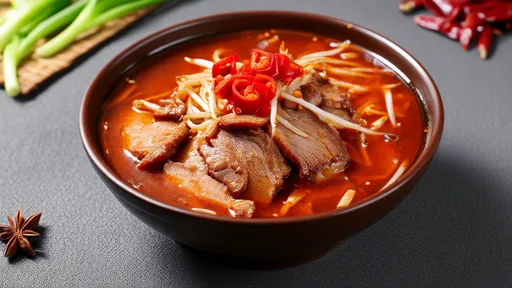
By /Jul 31, 2025
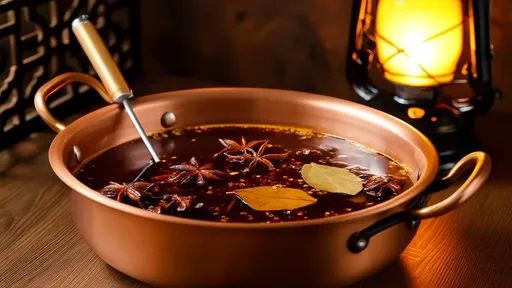
By /Jul 31, 2025
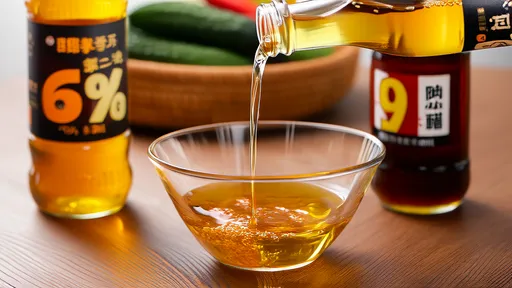
By /Jul 31, 2025
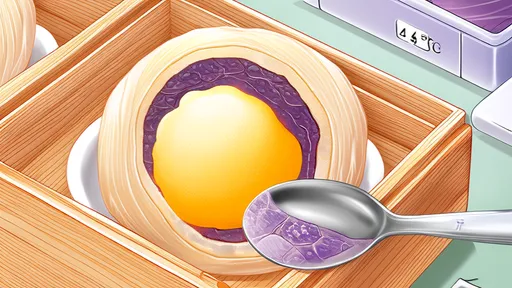
By /Jul 31, 2025

By /Jul 31, 2025

By /Jul 31, 2025

By /Jul 31, 2025

By /Jul 31, 2025

By /Jul 31, 2025
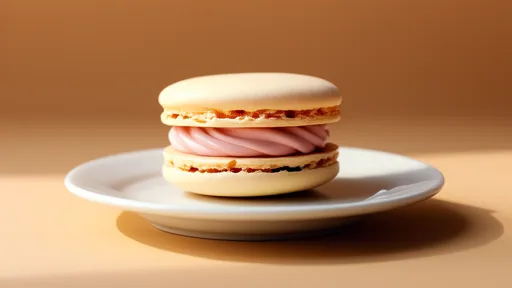
By /Jul 31, 2025
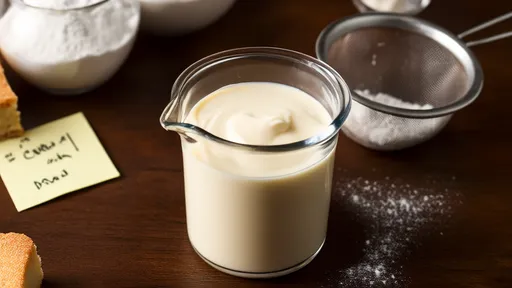
By /Jul 31, 2025
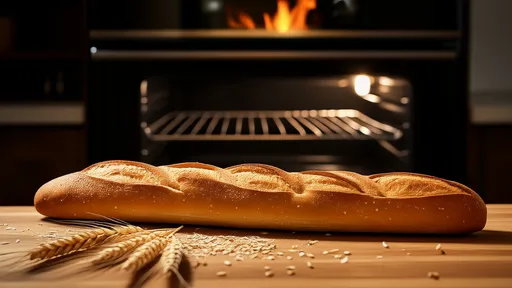
By /Jul 31, 2025

By /Jul 31, 2025
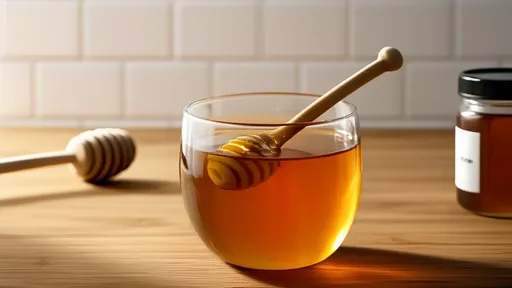
By /Jul 31, 2025

By /Jul 31, 2025

By /Jul 31, 2025
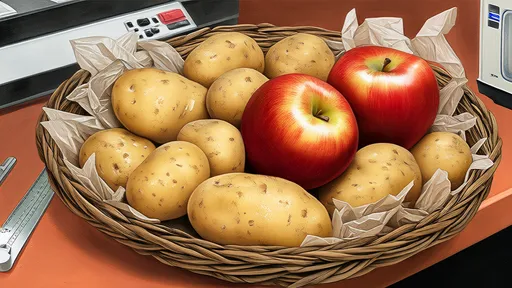
By /Jul 31, 2025
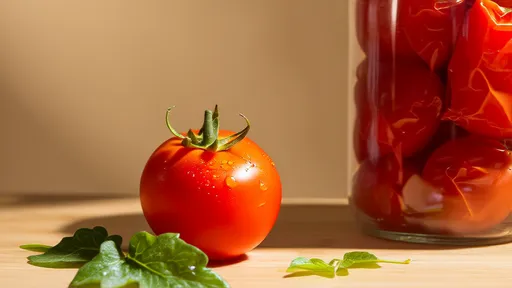
By /Jul 31, 2025
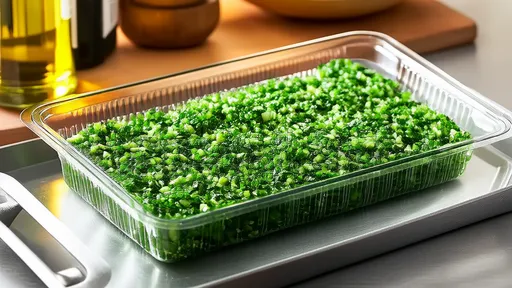
By /Jul 31, 2025